This is the question most often asked. EB, Epagneul Breton and French Britt or French Brittany are all used interchangeably.
Lets start with appearance. Below are the illustrated standards for the “ideal” dog according to both standards.
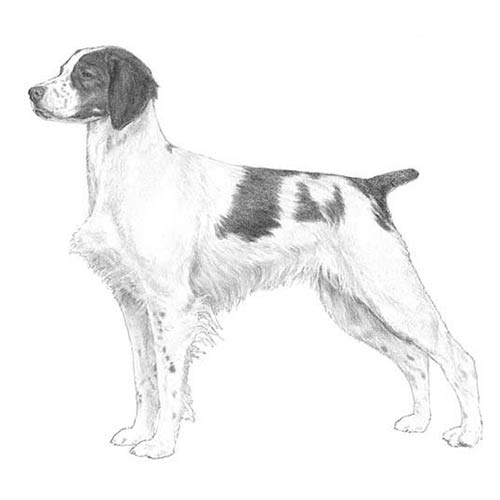

Height wise The American Brittany should fall between 17.5 inches to 20.5 inches and weigh between 30-40lbs.
The French Brittany height wise is listed as:
MALES
Ideal height – 19.3 to 19.7 inches (49 to 50 cm).
Minimum – 18.9 inches (48 cm), with a tolerance of .4 inches (1 cm). Maximum – 20.1 inches (51 cm), with a tolerance of .4 inches (1 cm).
FEMALES
Ideal height – 18.9 inches to 19.3 inches (48 to 49 cm).
Minimum – 18.5 inches (47 cm) with a tolerance of .4 inches (1 cm).
Maximum – 19.7 inches (50 cm), with a tolerance of .4 inches (1 cm).
And no weight measurement given, rather a description of how they should be built.
Keep in mind field dogs will be very different than what we call “Bench dogs” or those built for the showring, but it is important to try to approach the ideal in all our breeding choices.
When it comes to color, the French Brittany is available in a few more colors. The American Brittany is available in the following colors:
Orange and white or liver and white in either clear or roan patterns. Some ticking is desirable. The orange or liver is found in the standard parti-color or piebald patterns. Washed out colors are not desirable. Tri-colors are allowed but not preferred. A tri-color is a liver and white dog with classic orange markings on eyebrows, muzzle and cheeks, inside the ears and under the tail, freckles on the lower legs are orange. Anything exceeding the limits of these markings shall be severely penalized. Black is a disqualification.
The French Brittany or Epagneul Breton colors are as follows:
White and orange, white and black, white and liver, with more or less extensive irregular white patches. Piebald or roan, sometimes with ticking on the top and sides of the muzzle or the limbs.
Equally, in the case of tricolor coats, with tan spotting (orange to dark tan) on the top and sides of the muzzle, over the eyes, on the limbs, on the chest and under the base of the tail.
A narrow blaze is desirable with any color of coat. Sable is a disqualifying coat color.
Epagneul Breton lovers universally agree that the French Brittany is a better field dog, but those who hunt with great American Brittanys would vehemently disagree. But there is a noticeable difference in hunting style between the two. Generally speaking the French Brittanys range and pattern closer to the foot hunter than the American Brittany making them in my opinion the ideal foot hunting dog. The other thing I really prefer is that the French seems to check in with it’s field partner more often and that is what I am looking for in a dog. That is why I am out there is the relationship between my dog and I. I am not looking for a dog to just go find birds so I can shoot or I would be drawn to English pointers for example who don’t care whether I am there along for the hunt or not.
I especially like the close working dog as a style because I feel they are more thorough especially at finding singles left behind when covey birds take flight or for exceptionally tight holding birds. When it comes to hunting wild chukar here in Utah, many of the places I like to go see too much pressure and the birds are jumpy taking flight often 100-200 yards out. The close working dogs gives me a better chance of getting within range of these birds and picking up the singles than a long ranging dog would.
The French Brittany is the smallest of the pointing breeds but still carries a Rooster pheasant back to its handler with a happy disposition. I am not a goose hunter but I would bet money that these biddable little dogs would do whatever it took to bring back a goose as well! Did I mention most French Brittanys have a natural water retrieve as well? If you happen to have a picture of a French Brittany retrieving a goose I would love to see it! I love the ability of the French Brittany to get up into dense cover and explore it thoroughly. Especially if you find a bird has fallen into dense cover you can trust the French Brittany as a conservation partner. Some American Brittanys do well with water, but as a generalization the French Brittany takes more readily to water.
There is a bit of difference in coat type between the two leading most hunters to say the American Brittany is better in warm weather because of the lack of black and the lighter coat density. It’s my belief that you condition a dog for the weather you want to hunt them in. You don’t simply leave the dog in an outdoor run all year long and go get it out once Chukar or grouse season opens.
Both breed standards call for a dog that is tireless in the field, eager and happy about its job and that sums up this breed pretty well.
But I will tell you this, I have trained both French and American Britts and I am much more drawn personally to the French Brittanys in terms of relationship, training style, appearance, hunting style, companionship and teachability.
It is understandable that American Brittany lovers have a disdain for their counterparts and visa versa when the honest truth is both dogs can be great depending on what it is you are looking for.
Get your new French Brittany today!
Get your adorable French Brittany puppy today!

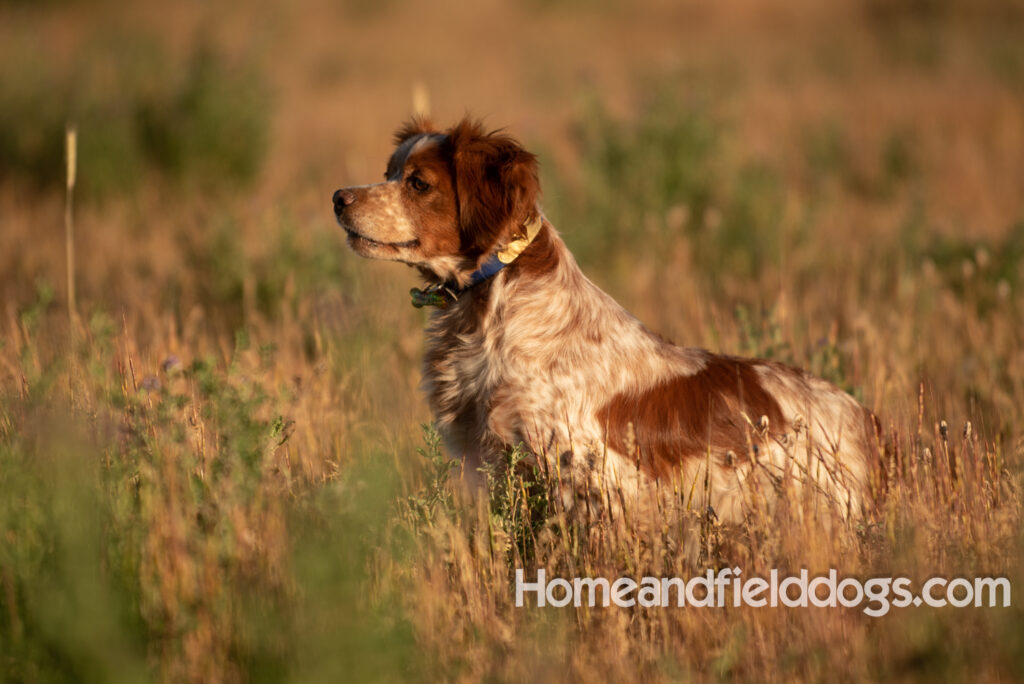
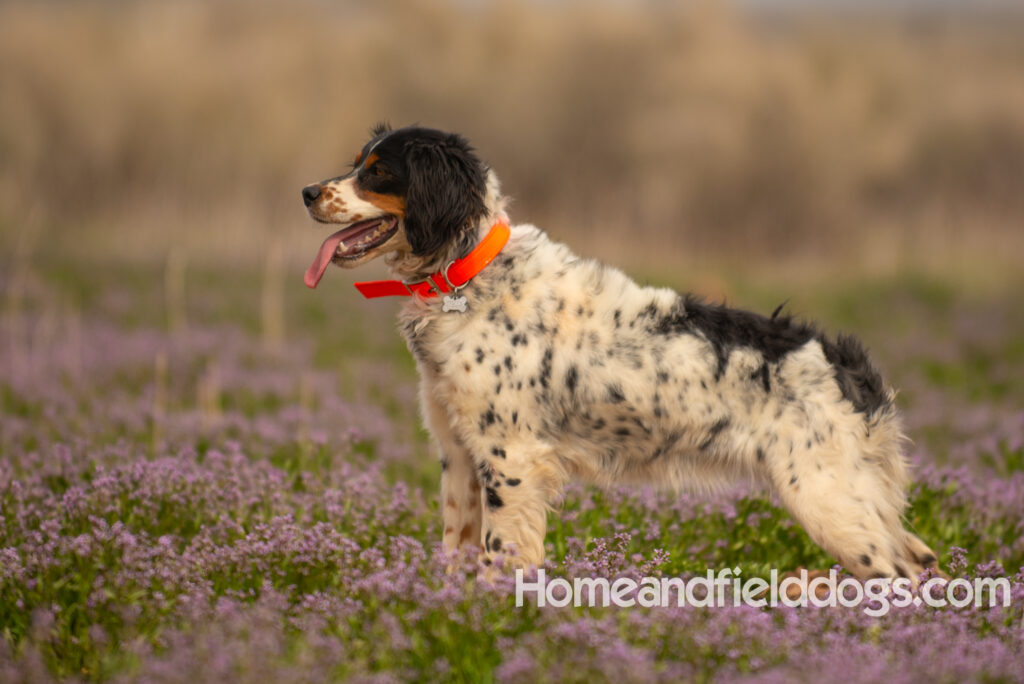

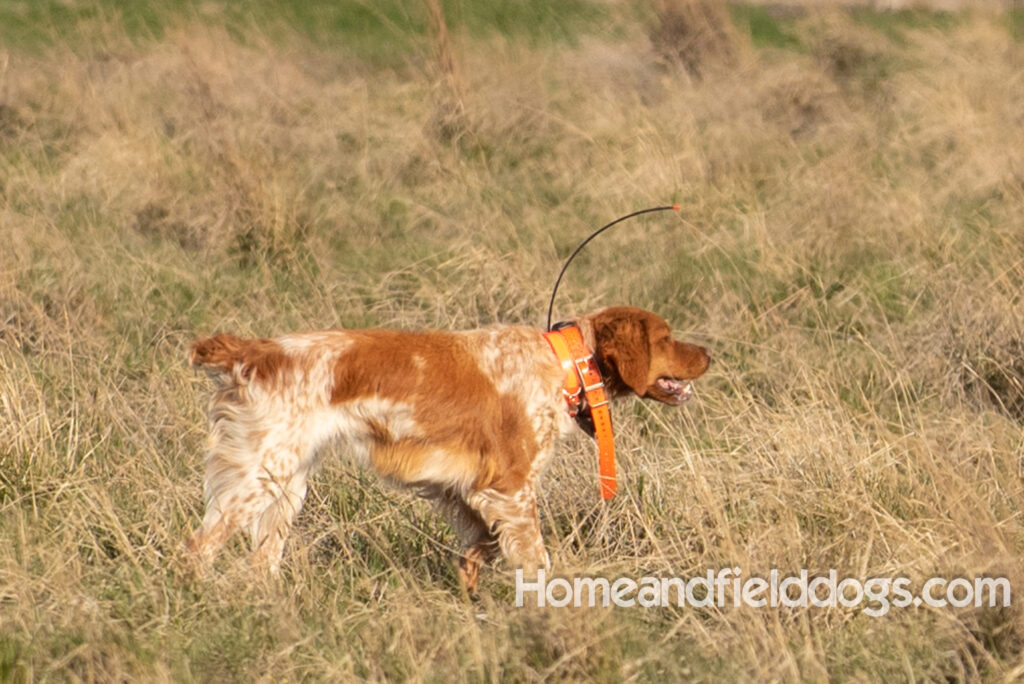
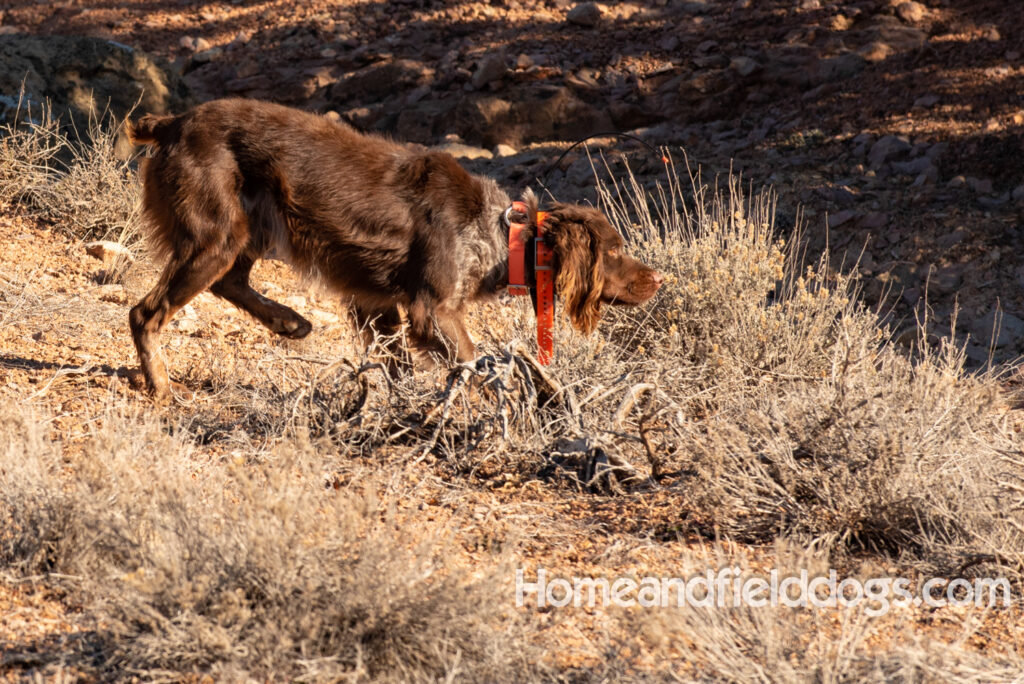
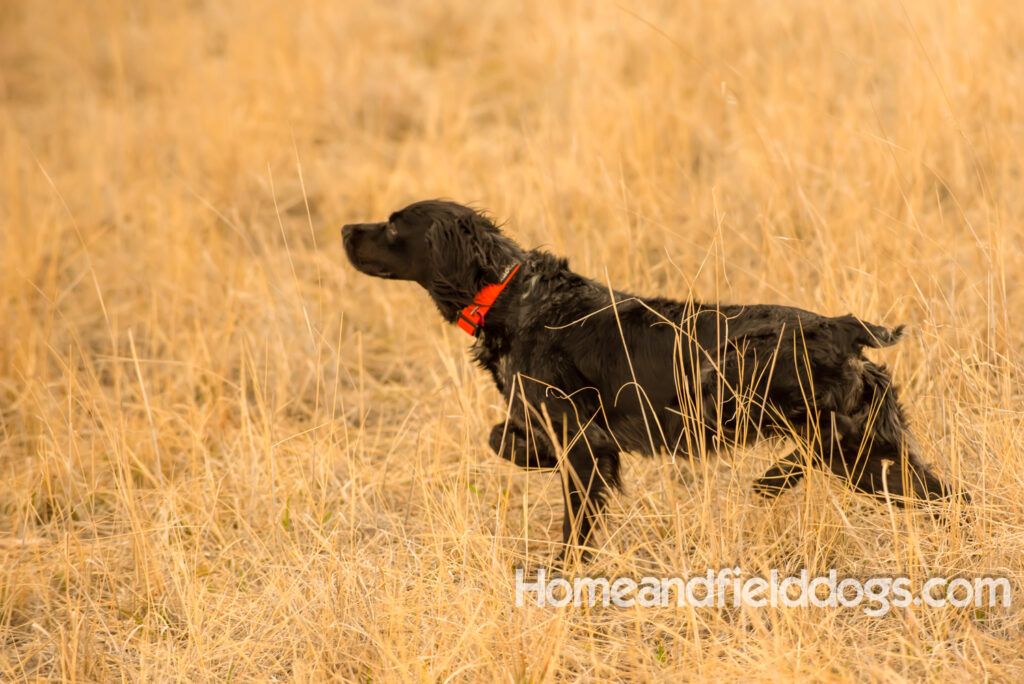
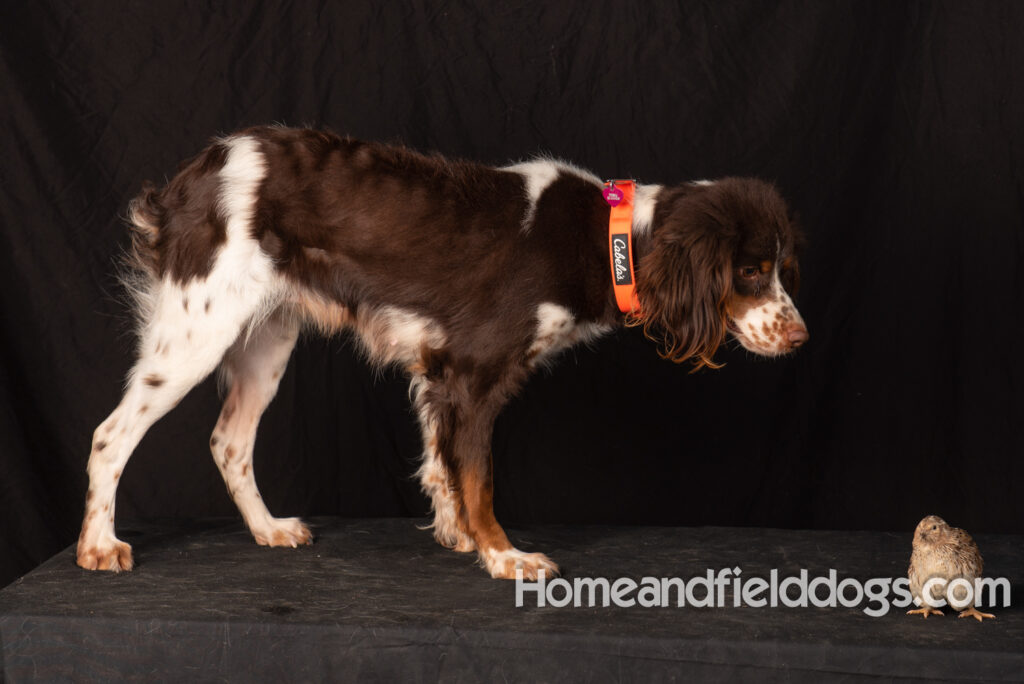
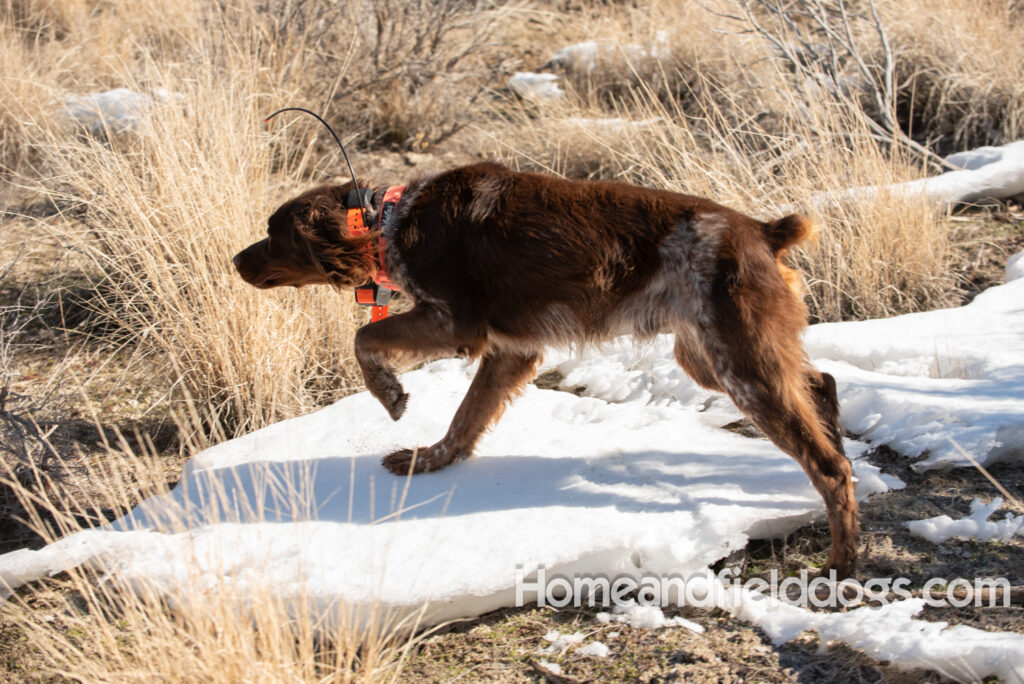
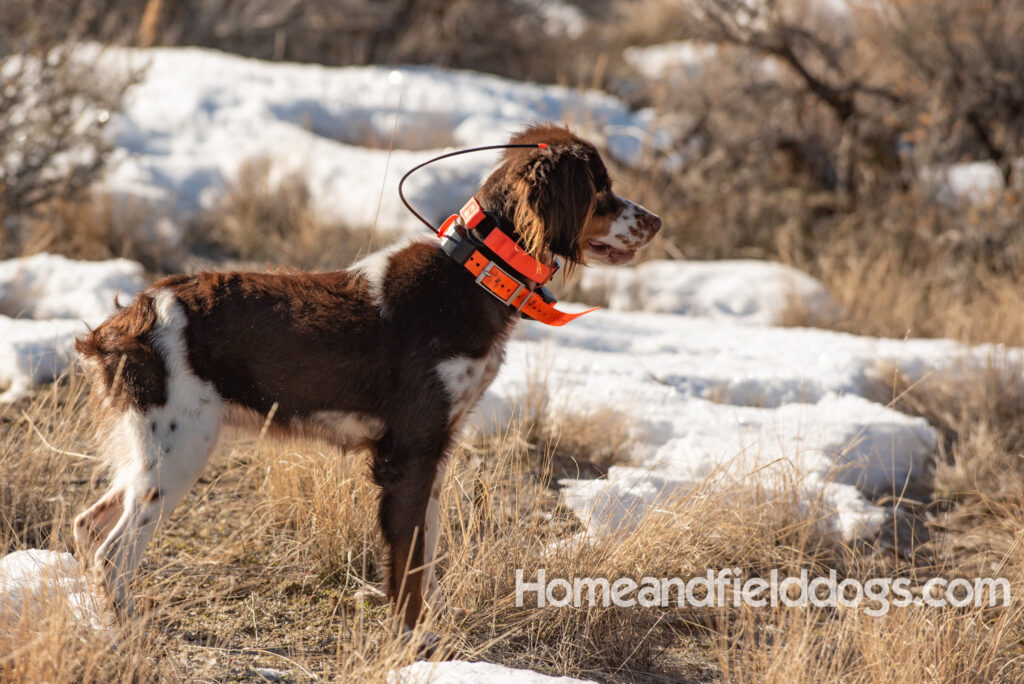
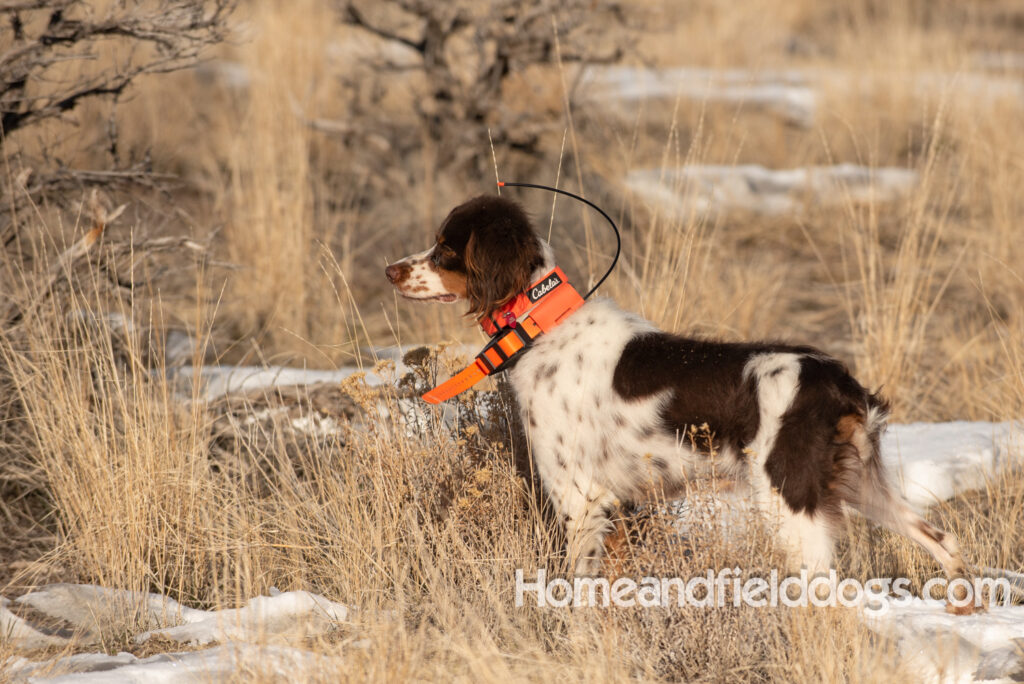

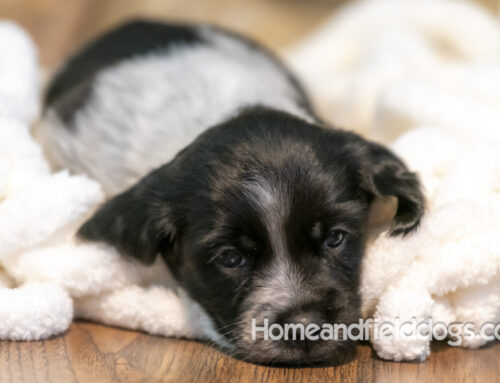
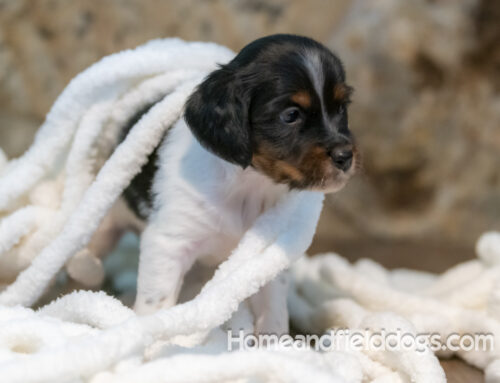
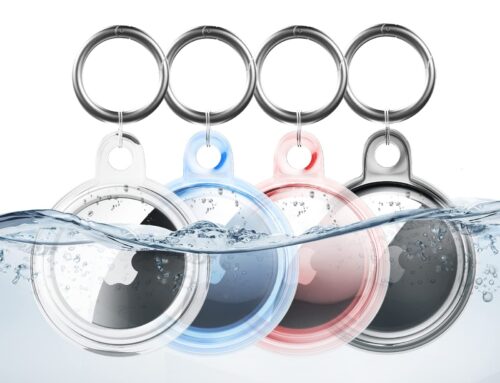
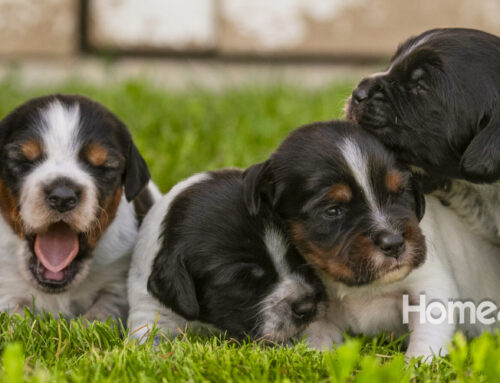
Leave A Comment